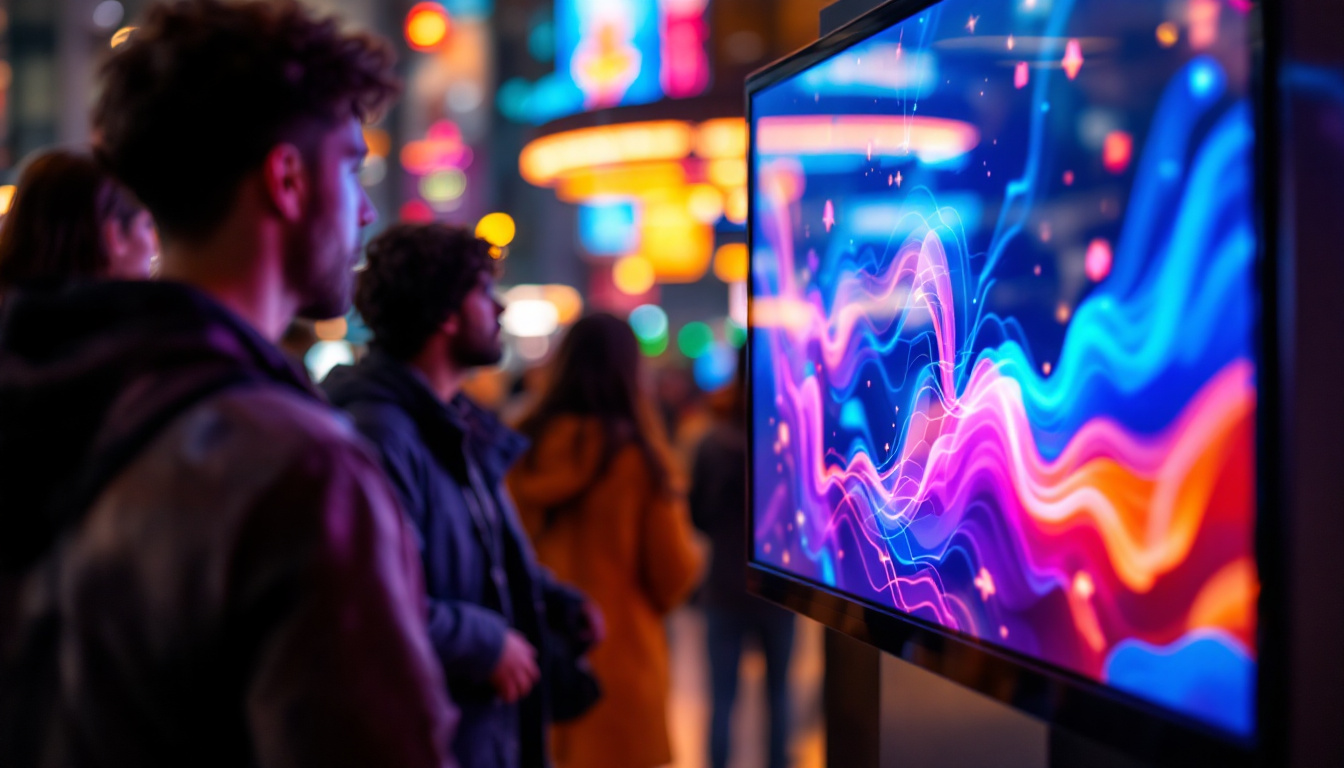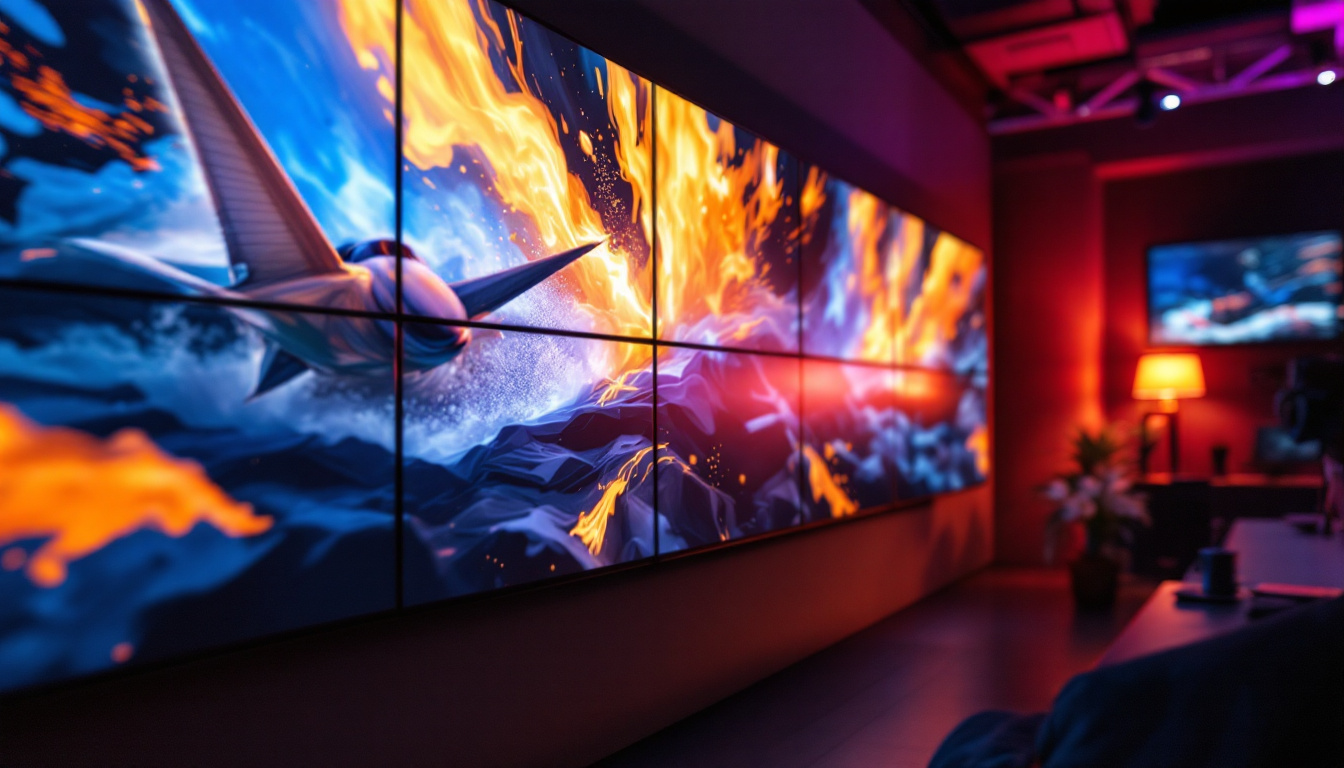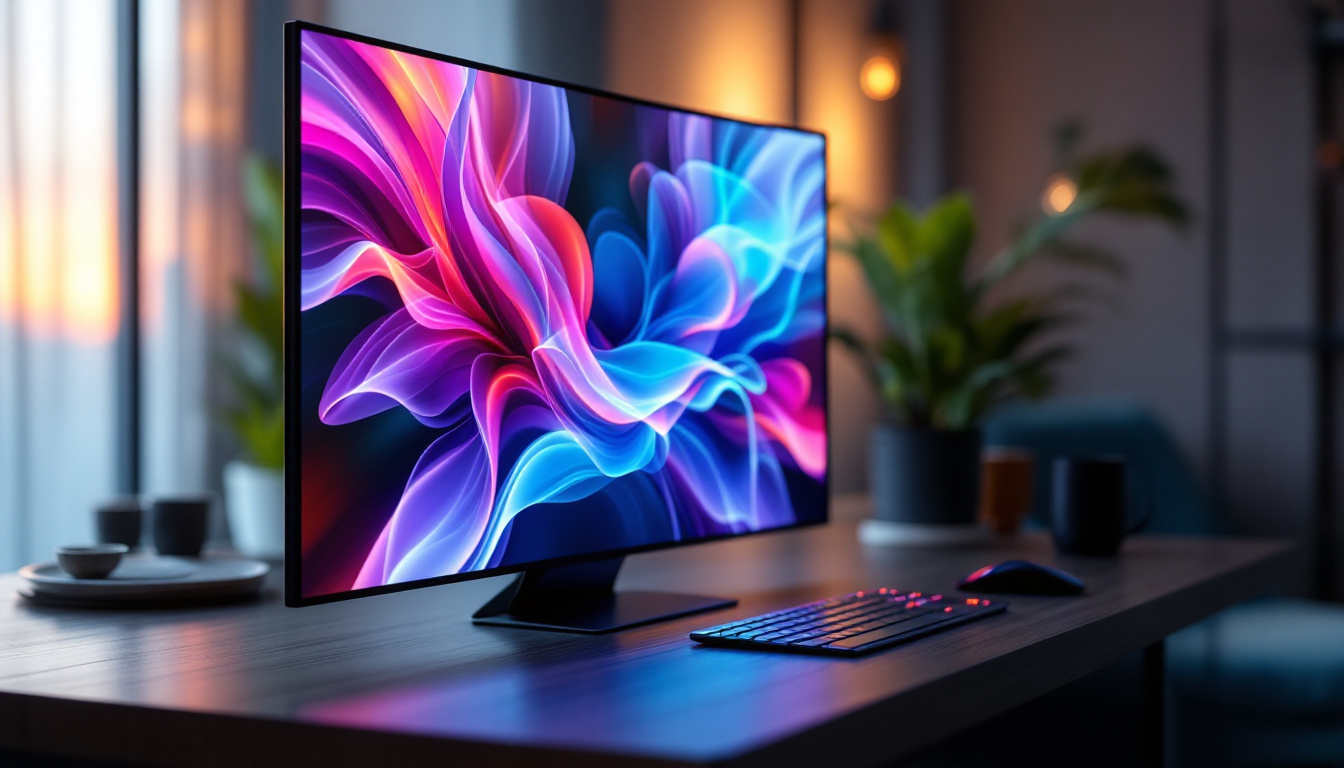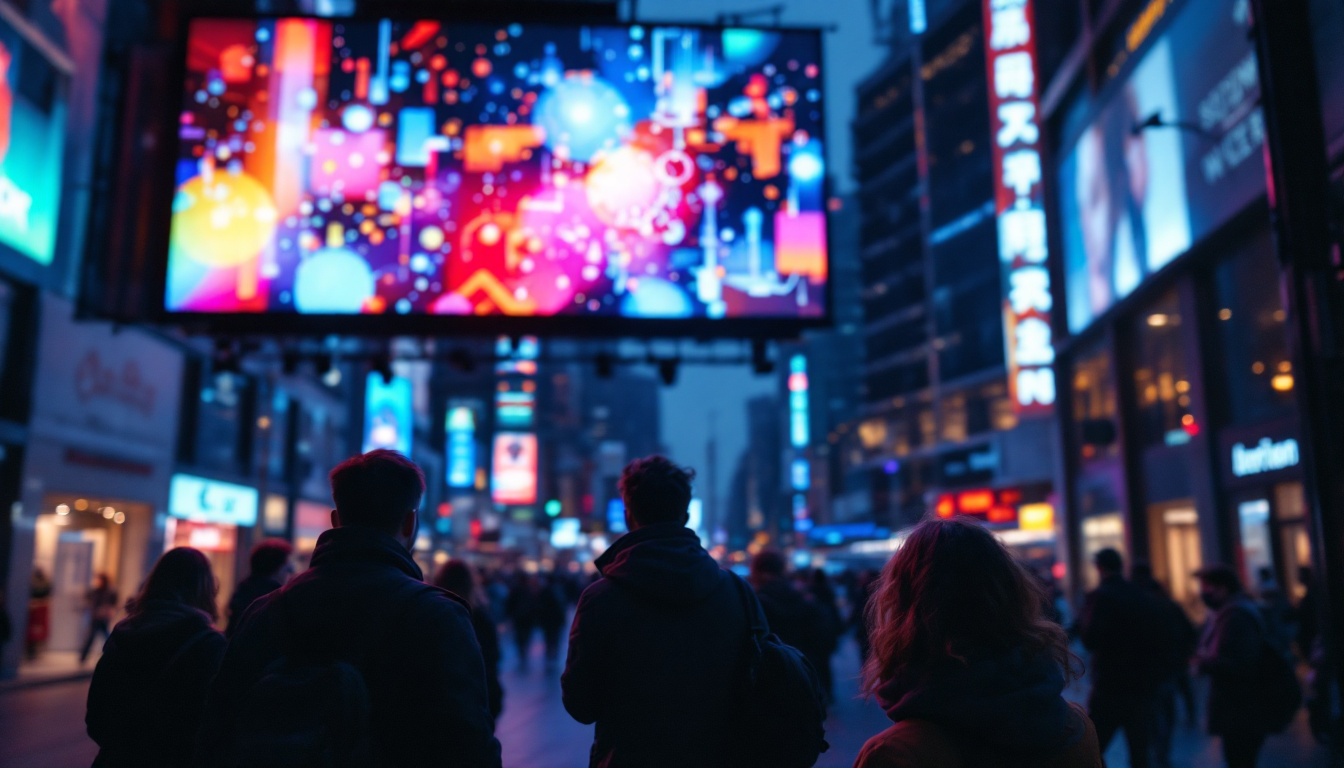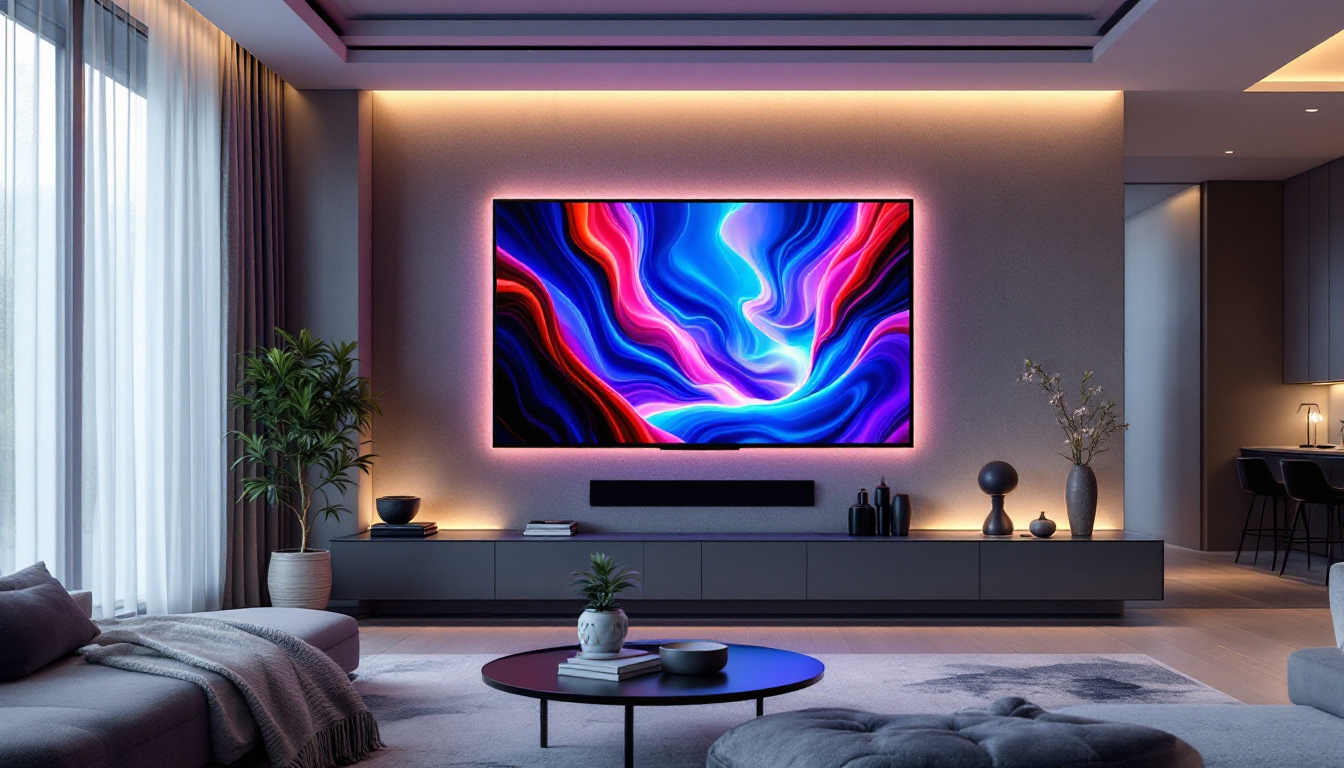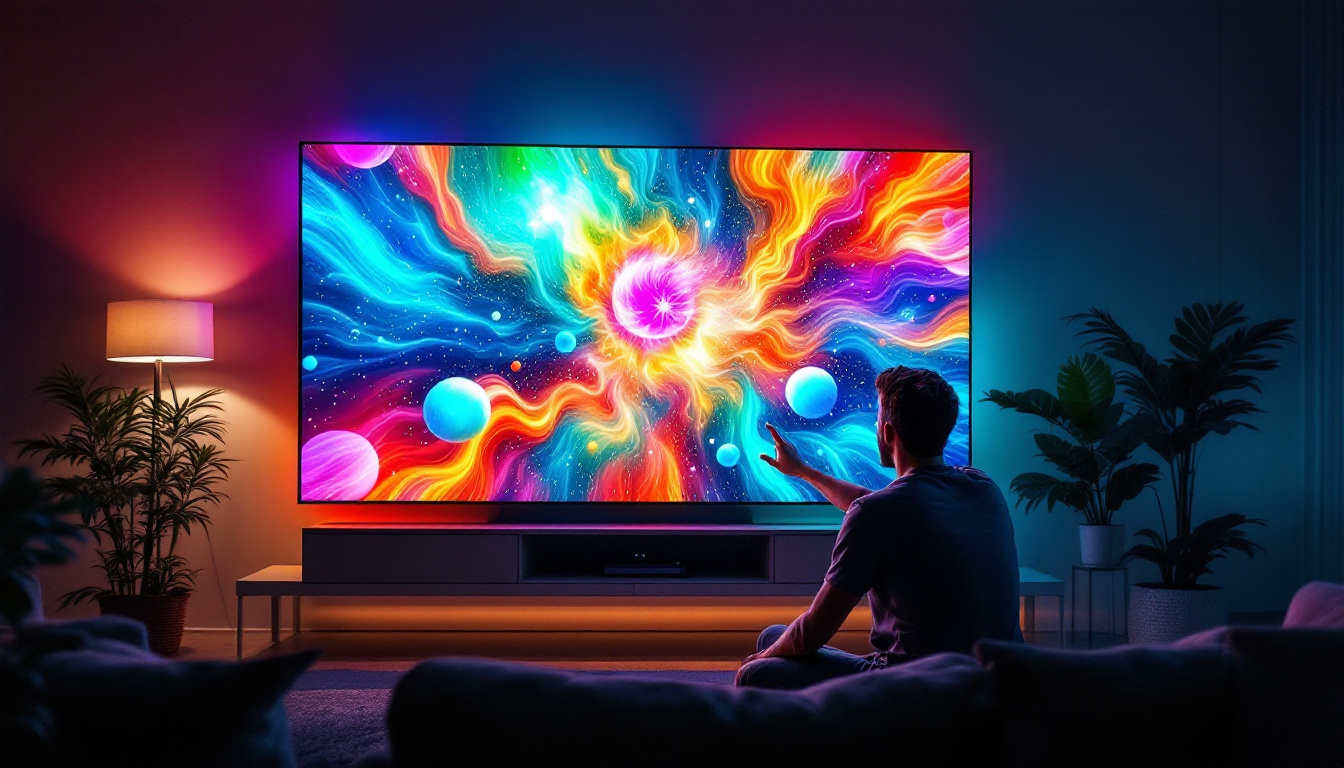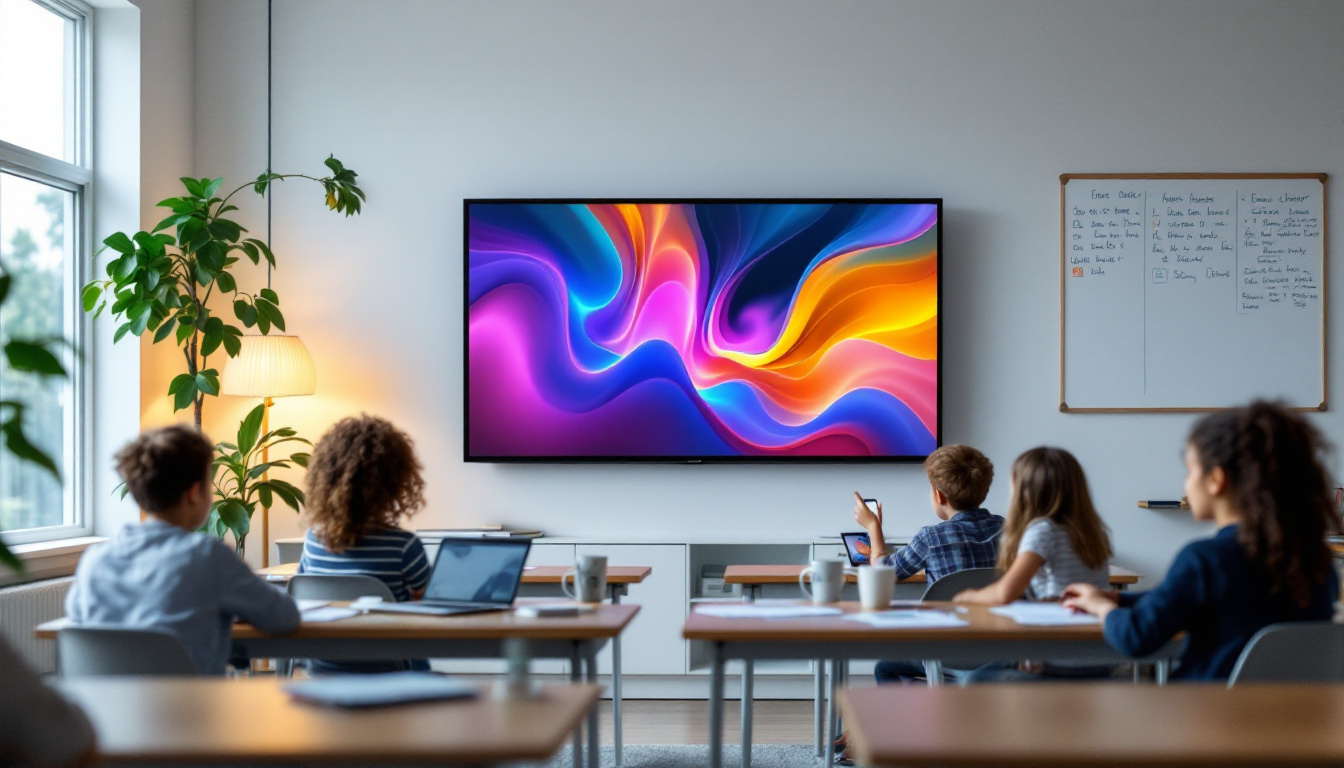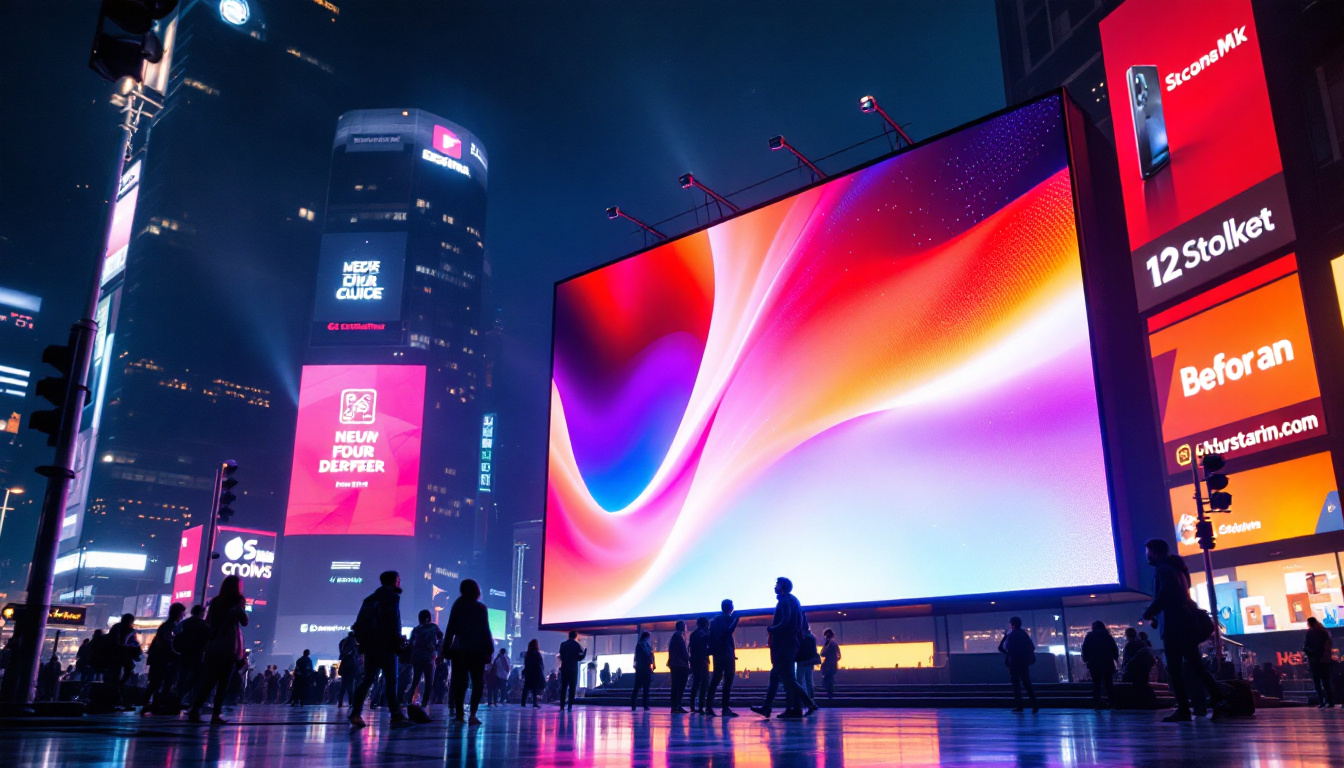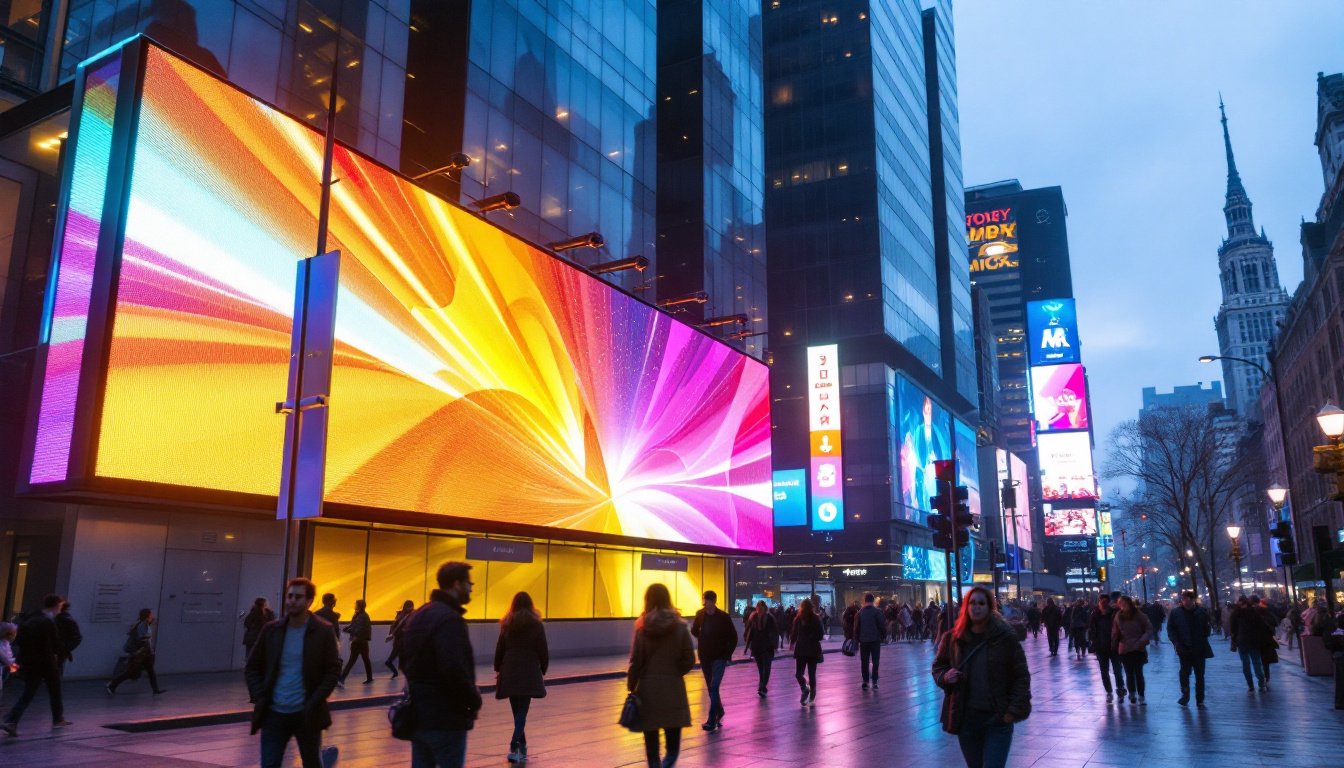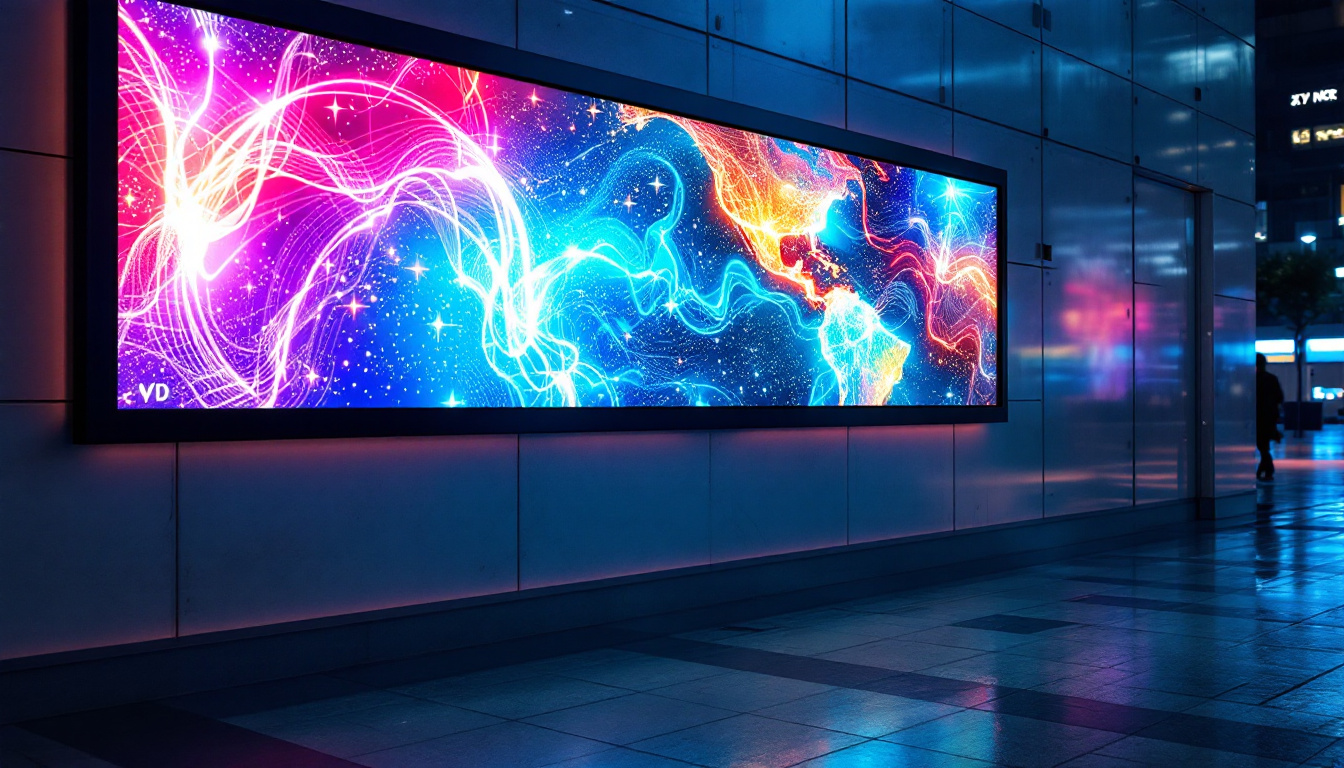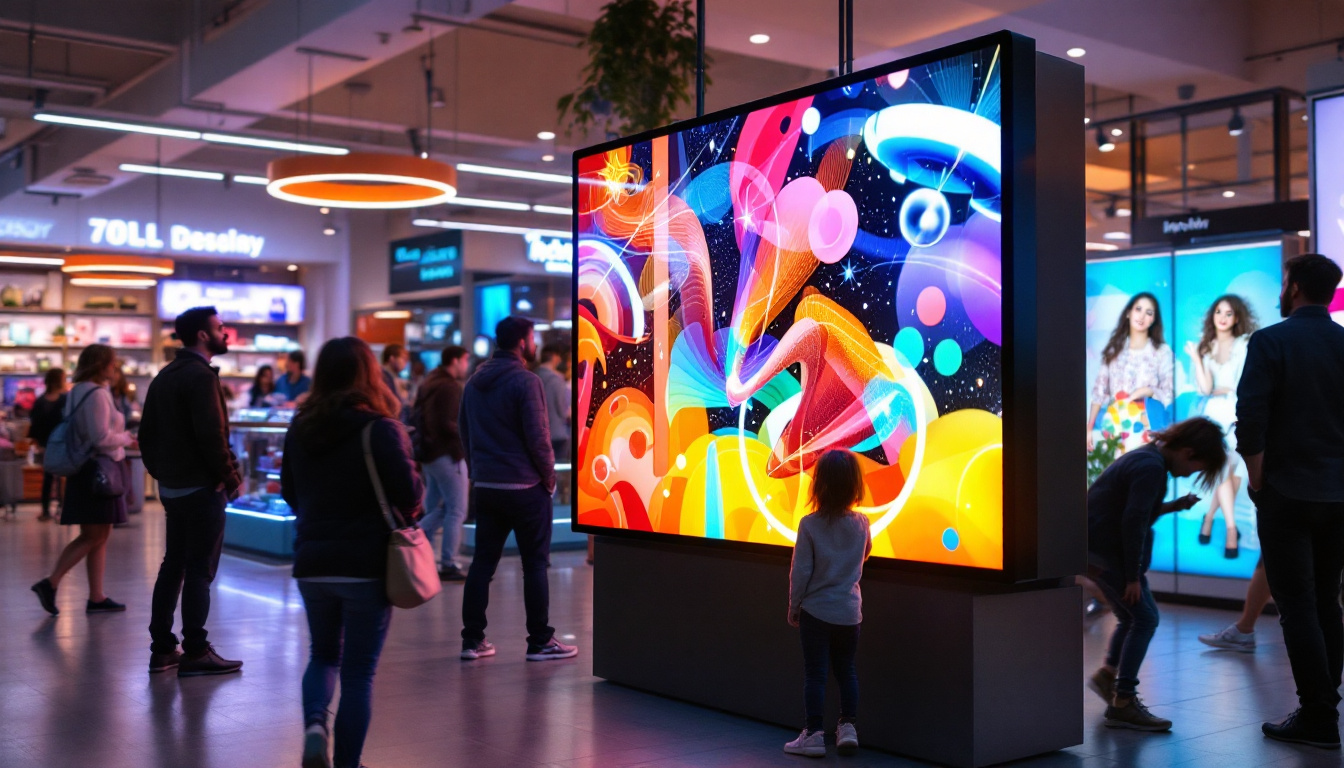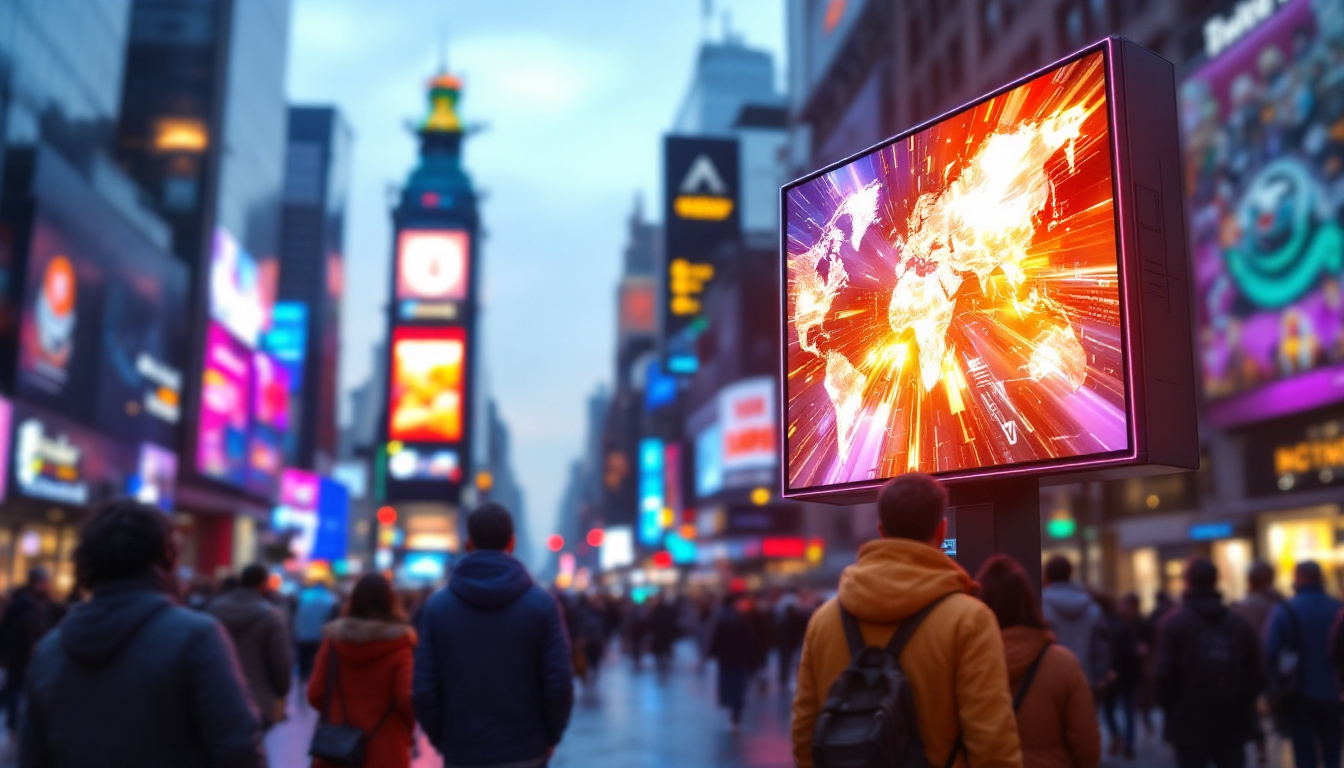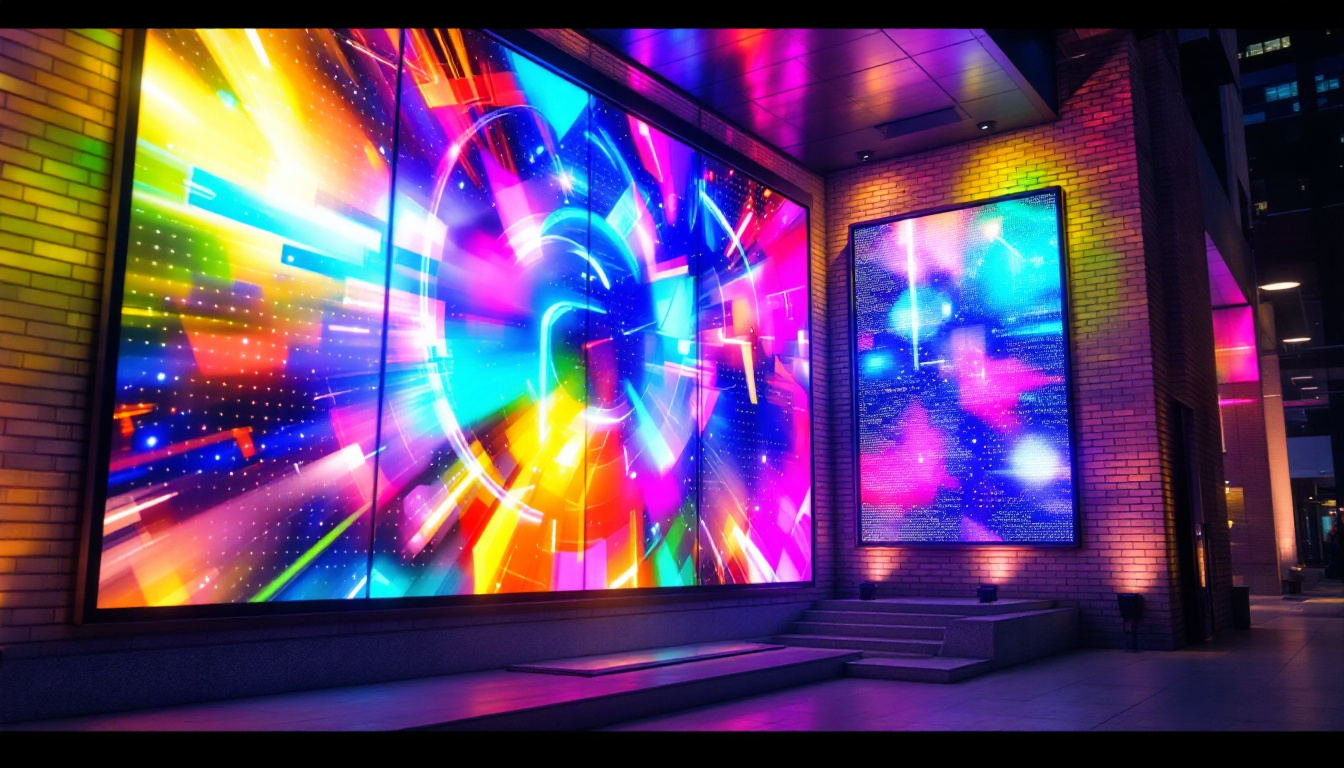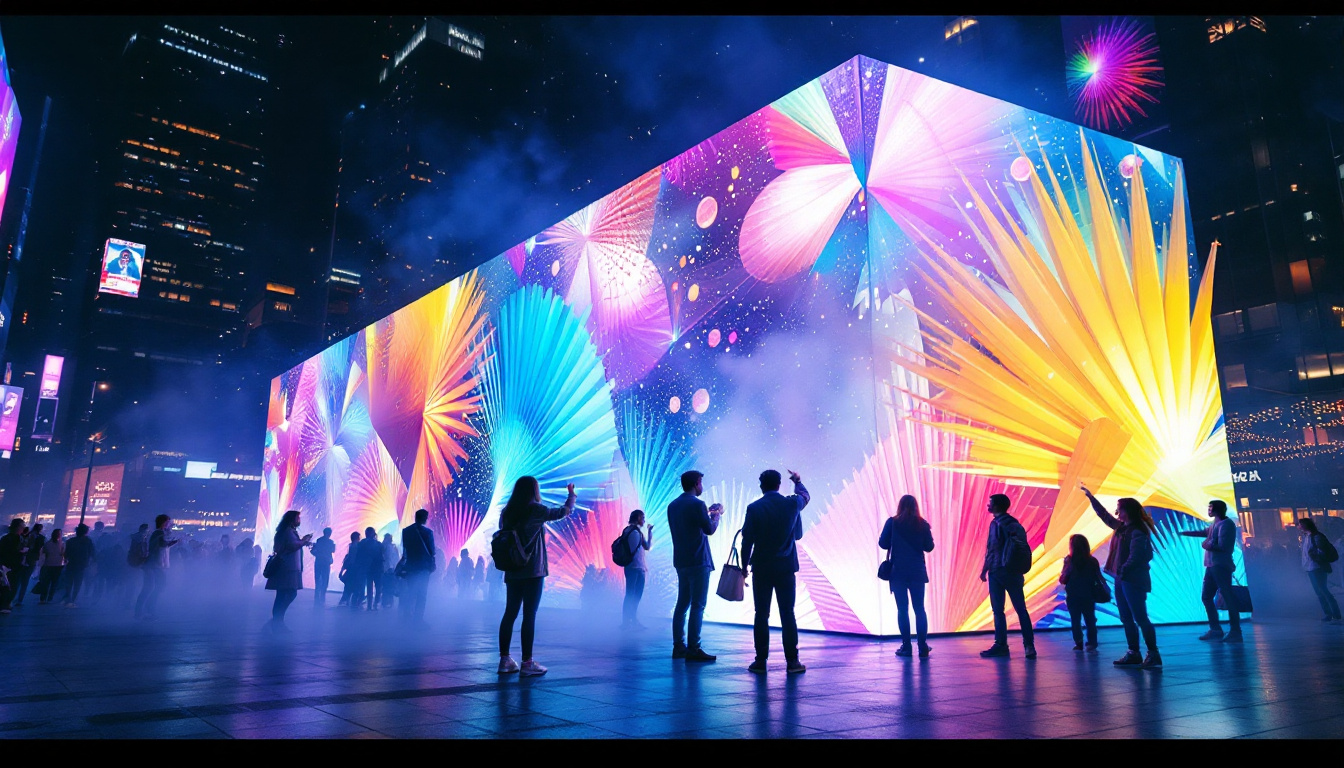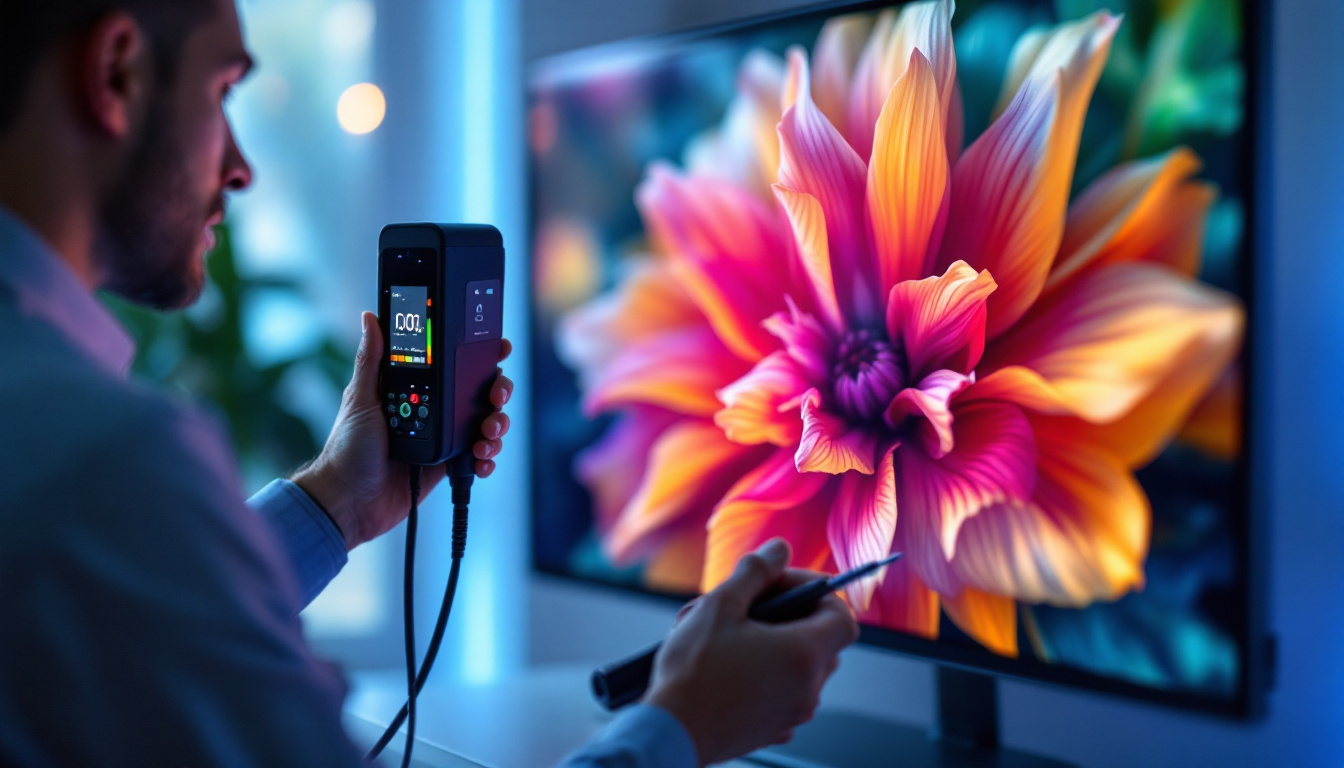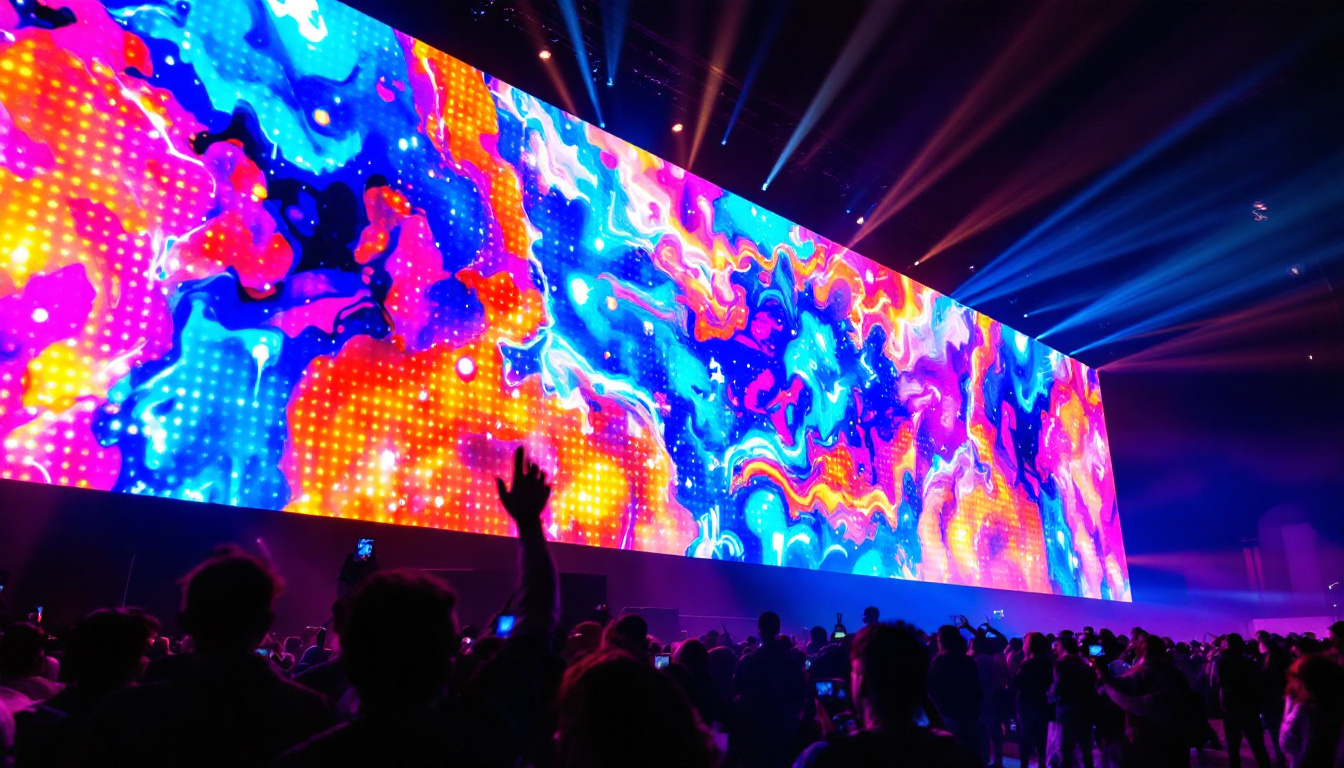In today’s fast-paced digital world, kiosk monitors have become an essential component for businesses looking to engage customers, provide information, and streamline processes. Among the various types of displays used in kiosks, LED (Light Emitting Diode) displays stand out for their brightness, energy efficiency, and versatility. This article delves into the intricacies of kiosk monitors with a focus on LED technology, exploring their benefits, applications, and future trends.
Understanding LED Displays
LED displays utilize light-emitting diodes to produce images and videos. Unlike traditional LCD screens, which rely on backlighting, LED displays generate light directly from the diodes, resulting in vibrant colors and deeper contrasts. This technology has revolutionized the way information is presented in public spaces, making it an ideal choice for kiosks.
How LED Displays Work
The fundamental principle behind LED displays is relatively straightforward. Each pixel on an LED screen is made up of red, green, and blue diodes. By varying the intensity of these diodes, a wide spectrum of colors can be produced. This capability allows for high-resolution images and smooth video playback, making LED displays particularly effective for advertising and informational kiosks.
Moreover, LED displays can be designed in various configurations, including single-color, tri-color, and full-color displays. This flexibility enables businesses to choose the right type of display based on their specific needs and budget. Additionally, advancements in technology have led to the development of flexible and transparent LED displays, which can be integrated into various surfaces, further expanding their application potential in modern design.
Advantages of LED Displays in Kiosks
LED displays offer numerous advantages that make them a preferred choice for kiosk applications. One of the most significant benefits is their brightness. LED screens can achieve high levels of luminance, ensuring visibility even in well-lit environments. This is crucial for outdoor kiosks, where sunlight can easily wash out images on traditional displays.
Another advantage is energy efficiency. LED technology consumes less power than conventional displays, resulting in lower operational costs. This is particularly important for kiosks that operate continuously, as energy savings can significantly impact the overall budget. Furthermore, the long lifespan of LED components means that maintenance and replacement costs are minimized, allowing businesses to allocate resources to other areas of their operations.
In addition to these practical benefits, LED displays also enhance user engagement. Their ability to display dynamic content, such as animations and videos, captures the attention of passersby more effectively than static signage. This interactivity can be further amplified with the integration of touch technology, enabling users to interact with the kiosk directly. As a result, businesses can provide a more immersive experience that encourages customer interaction and drives sales.
Applications of Kiosk Monitors with LED Displays
The versatility of LED displays allows them to be used in a wide range of kiosk applications. From retail to transportation, the possibilities are virtually limitless. Understanding these applications can help businesses leverage the technology to meet their specific needs.
Retail and Advertising
In the retail sector, LED kiosk monitors serve as powerful advertising tools. They can display dynamic content, including promotions, product videos, and customer testimonials, capturing the attention of shoppers. The ability to update content remotely ensures that businesses can keep their messaging fresh and relevant, enhancing customer engagement.
Furthermore, interactive kiosks equipped with LED displays allow customers to browse products, check inventory, and even place orders. This not only improves the shopping experience but also reduces the workload on staff, allowing them to focus on customer service. The integration of touch technology can further enhance this experience, enabling customers to interact directly with the display to find what they need quickly and efficiently. Retailers can also analyze user interactions to tailor their offerings and marketing strategies, creating a more personalized shopping experience that resonates with their clientele.
Transportation Hubs
Transportation hubs, such as airports and train stations, often utilize LED kiosks to provide real-time information to travelers. These displays can show flight schedules, ticketing information, and wayfinding assistance, ensuring that passengers have access to the information they need at a glance.
Moreover, the durability of LED displays makes them suitable for high-traffic environments. They can withstand the rigors of constant use and are less prone to damage compared to traditional screens, making them a reliable choice for transportation applications. Additionally, the clarity and brightness of LED displays ensure that information remains visible even in bright ambient light, which is crucial in busy transit areas. Some kiosks also incorporate multilingual capabilities, catering to diverse populations and enhancing the overall travel experience by making information accessible to everyone.
Healthcare and Information Services
In healthcare settings, LED kiosks can be employed for patient check-in, wayfinding, and providing information about services. These displays can enhance the patient experience by reducing wait times and providing clear directions within medical facilities.
Additionally, information kiosks in public spaces, such as libraries and community centers, can utilize LED displays to share important announcements, events, and resources with visitors. The interactive nature of these kiosks encourages engagement and fosters community involvement. By integrating features such as QR code scanning or NFC technology, users can easily access additional information or services directly on their smartphones, bridging the gap between physical and digital engagement. This not only streamlines the dissemination of information but also empowers users to take control of their learning and exploration within these community spaces.
Choosing the Right Kiosk Monitor
When selecting a kiosk monitor with an LED display, several factors should be considered to ensure that the chosen solution meets the specific requirements of the business. Understanding these factors can help streamline the decision-making process.
Screen Size and Resolution
The size and resolution of the display are critical factors that influence visibility and user experience. Larger screens can accommodate more content, making them suitable for high-traffic areas. However, the resolution should also be considered; higher resolutions provide clearer images and text, enhancing readability from a distance.
For example, a retail kiosk may benefit from a larger, high-resolution display to showcase vibrant product images, while an information kiosk may prioritize a moderate size with adequate resolution for text clarity.
Brightness and Outdoor Capability
For kiosks intended for outdoor use, brightness is a crucial consideration. Displays with higher luminance levels ensure visibility in direct sunlight, preventing content from becoming washed out. An outdoor-rated LED display often comes with additional features, such as weatherproofing and anti-glare technology, making it suitable for various environmental conditions.
In contrast, indoor kiosks may not require the same level of brightness, allowing for more flexibility in terms of display options and cost.
Interactivity and Software Integration
Interactivity is a key feature of modern kiosks. Businesses should consider whether they want touchscreens, gesture recognition, or other interactive technologies. This capability can significantly enhance user engagement and provide a more immersive experience.
Additionally, software integration is essential for managing content and functionality. A robust content management system (CMS) allows businesses to update and schedule content easily, ensuring that the kiosk remains relevant and effective in delivering information.
Future Trends in Kiosk Monitors
The kiosk industry is continually evolving, driven by advancements in technology and changing consumer expectations. Keeping an eye on emerging trends can help businesses stay ahead of the curve and leverage new opportunities.
Artificial Intelligence and Personalization
Artificial intelligence (AI) is set to play a significant role in the future of kiosk monitors. By leveraging AI, kiosks can analyze user behavior and preferences, enabling personalized content delivery. For instance, a retail kiosk could recommend products based on previous interactions, enhancing the shopping experience and increasing sales.
Moreover, AI can enhance the interactivity of kiosks, allowing for voice recognition and natural language processing. This capability can make kiosks more user-friendly, catering to a wider audience and accommodating various accessibility needs.
Augmented Reality Integration
Augmented reality (AR) is another trend that is gaining traction in the kiosk space. By integrating AR technology, kiosks can provide immersive experiences that blend digital content with the physical environment. For example, a kiosk in a museum could allow visitors to view 3D models of artifacts when they point their device at a specific exhibit.
This interactive approach not only captivates users but also enhances their understanding and appreciation of the content being presented.
Enhanced Security Features
As kiosks become more integrated into everyday life, security will remain a top priority. Future kiosk monitors are likely to incorporate advanced security features, such as biometric authentication and encrypted transactions, to protect user data and ensure safe interactions.
These enhancements will be particularly important in sectors like finance and healthcare, where sensitive information is frequently handled. By prioritizing security, businesses can build trust with users and encourage greater adoption of kiosk technology.
Conclusion
Kiosk monitors with LED displays are transforming the way businesses engage with customers and deliver information. Their brightness, energy efficiency, and versatility make them an ideal choice for a wide range of applications, from retail to transportation and healthcare.
As technology continues to advance, the future of kiosk monitors looks promising. With the integration of AI, augmented reality, and enhanced security features, businesses can expect to see even greater opportunities for engagement and innovation.
By understanding the intricacies of LED displays and their applications, businesses can make informed decisions when selecting kiosk monitors that best meet their needs. Embracing this technology not only enhances customer experiences but also positions businesses for success in an increasingly digital landscape.
Discover LumenMatrix’s Innovative LED Solutions
Ready to elevate your business with the latest in LED display technology? Look no further than LumenMatrix, where innovation meets visual brilliance. Our comprehensive range of LED display solutions, from Indoor and Outdoor LED Walls to specialized displays like Vehicle, Sports, and Floor LED, is designed to captivate and engage your audience. Experience the future of visual communication with our Custom, All-in-One, and Transparent LED Displays. Check out LumenMatrix LED Display Solutions today and transform your kiosk monitors into powerful tools for customer engagement.

